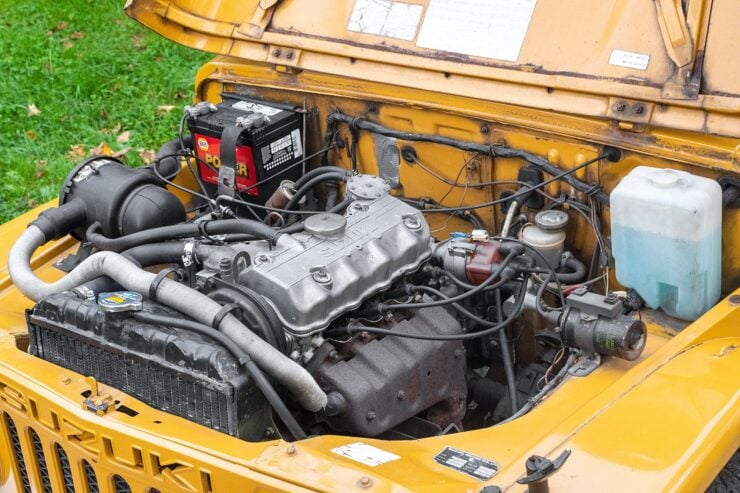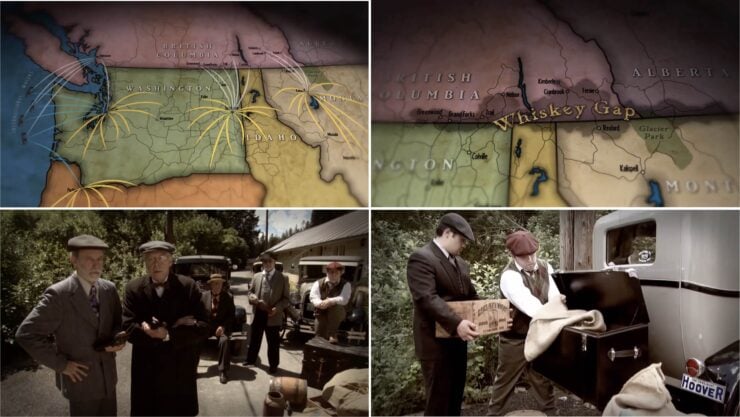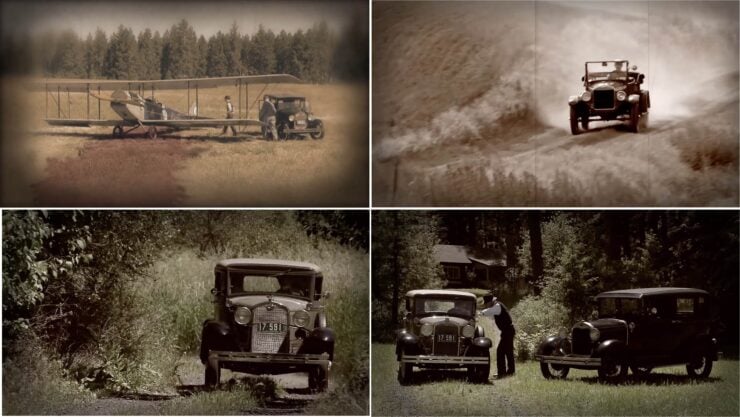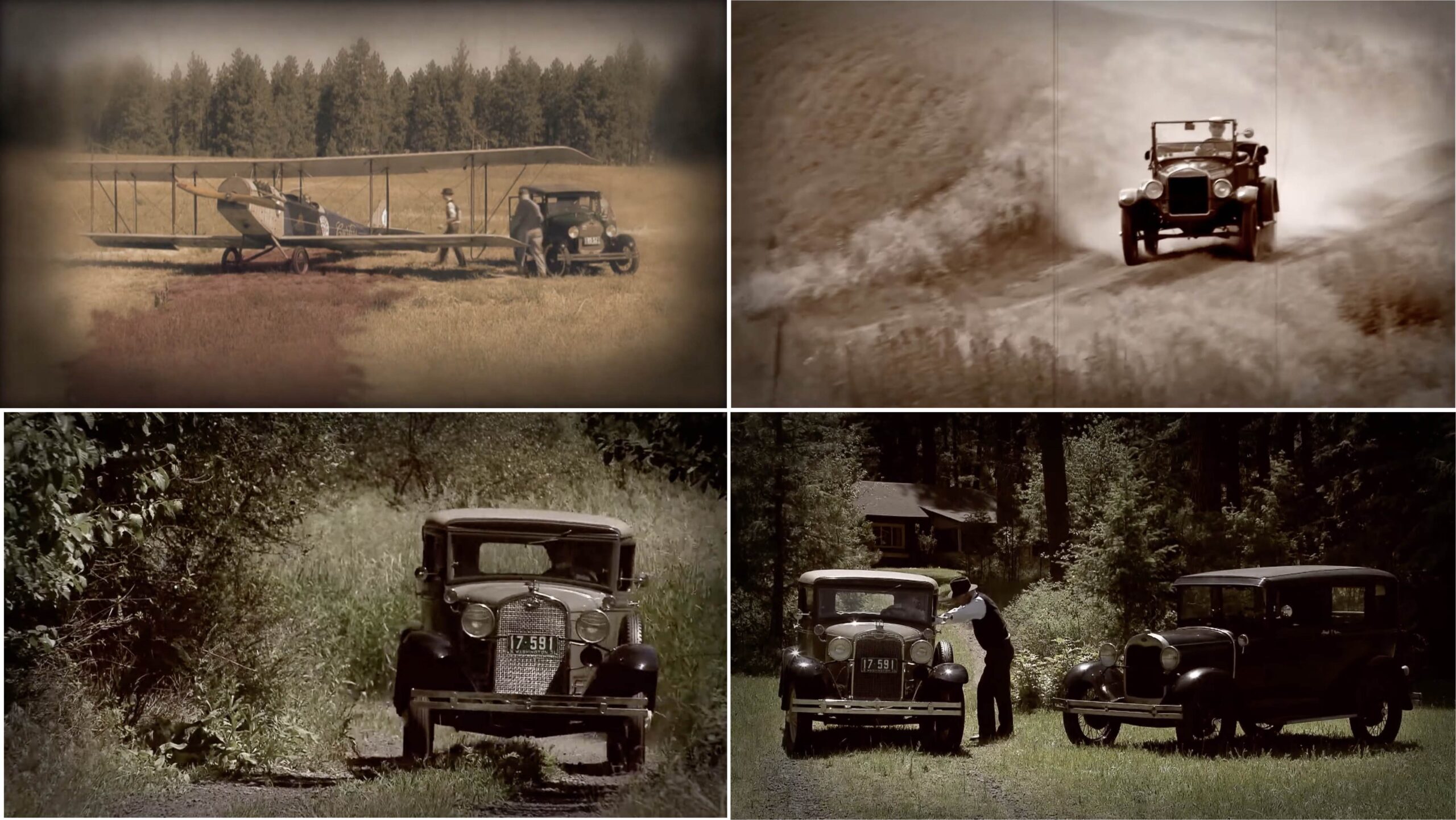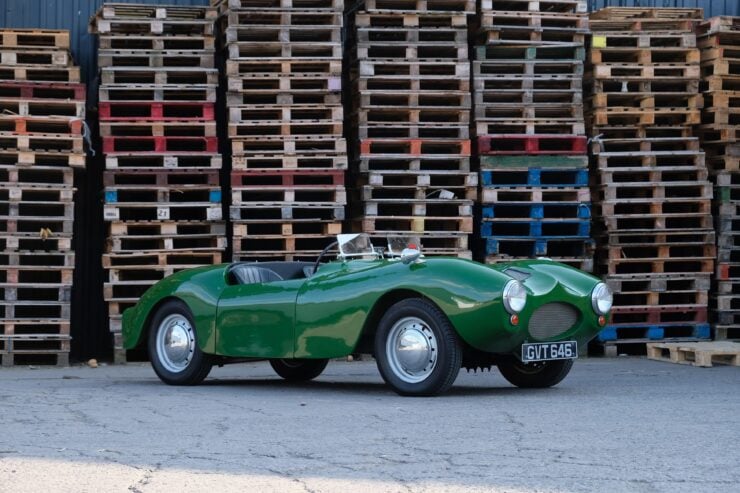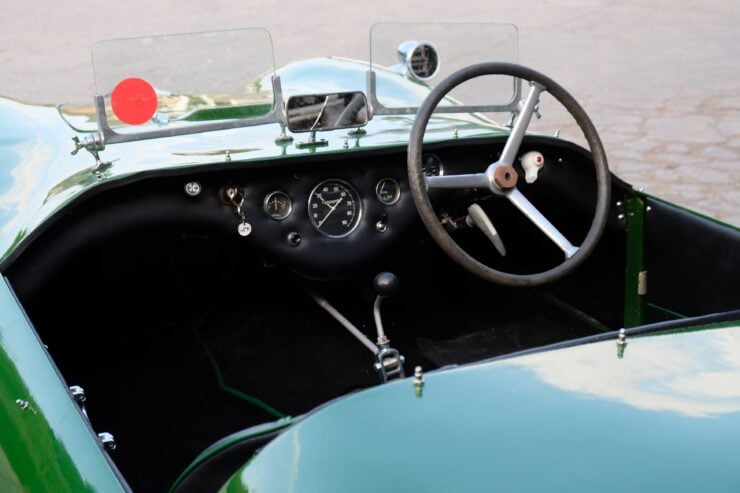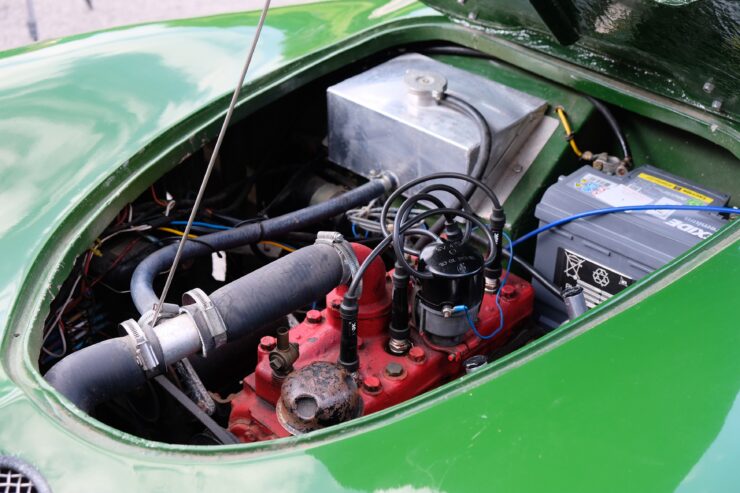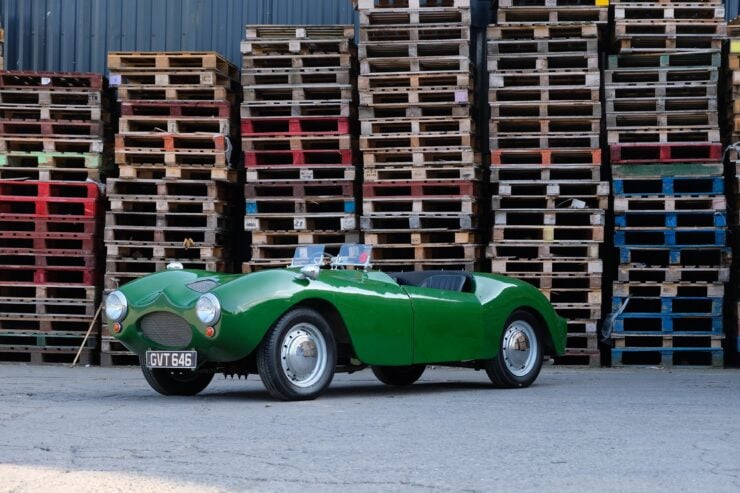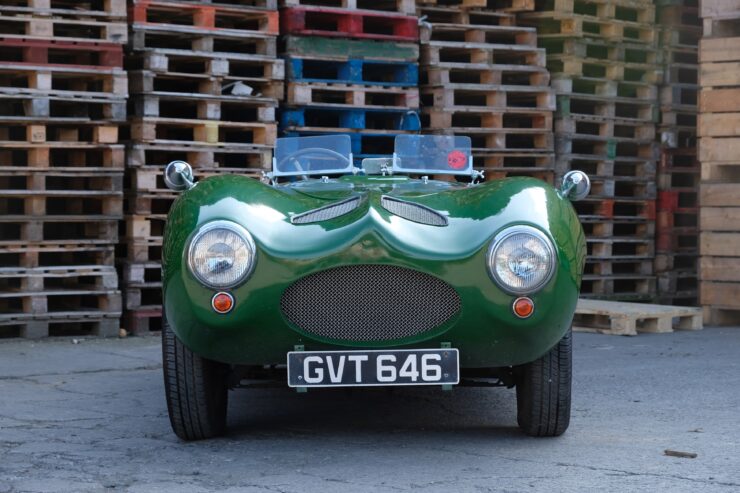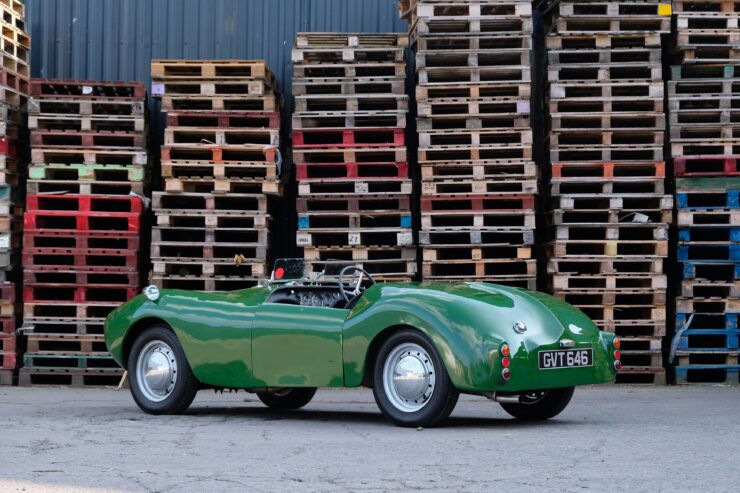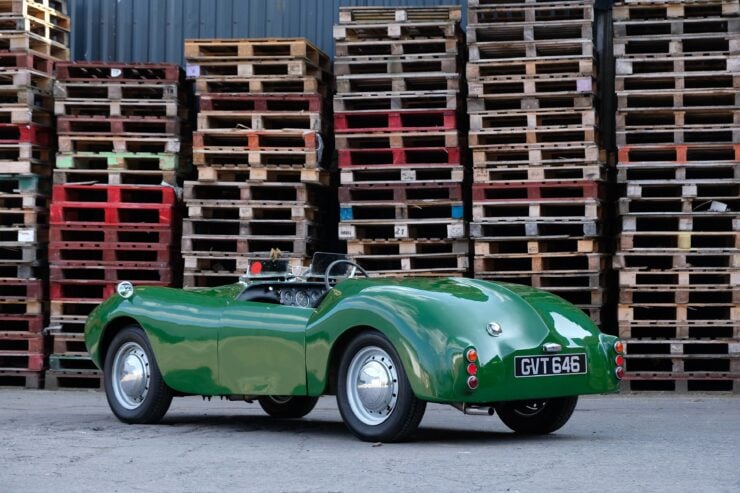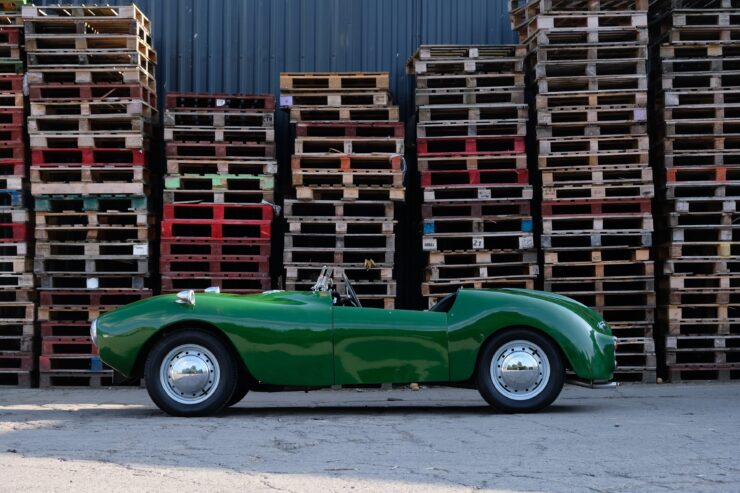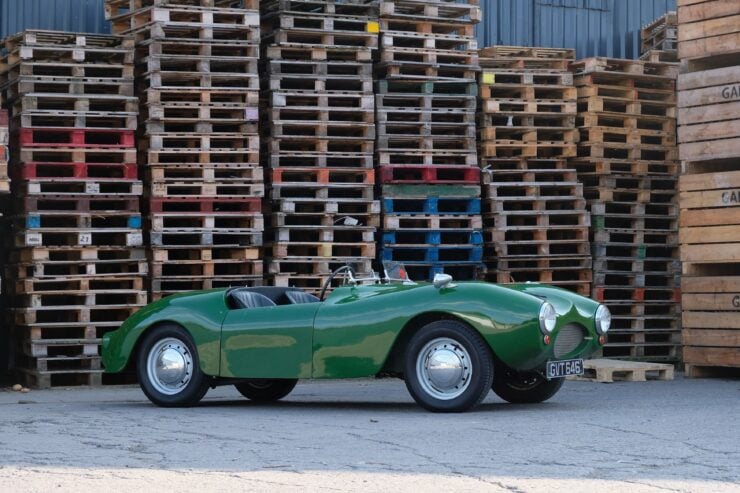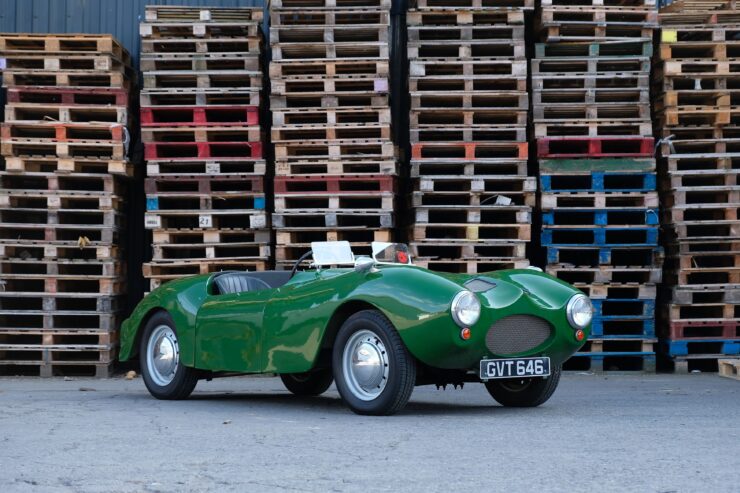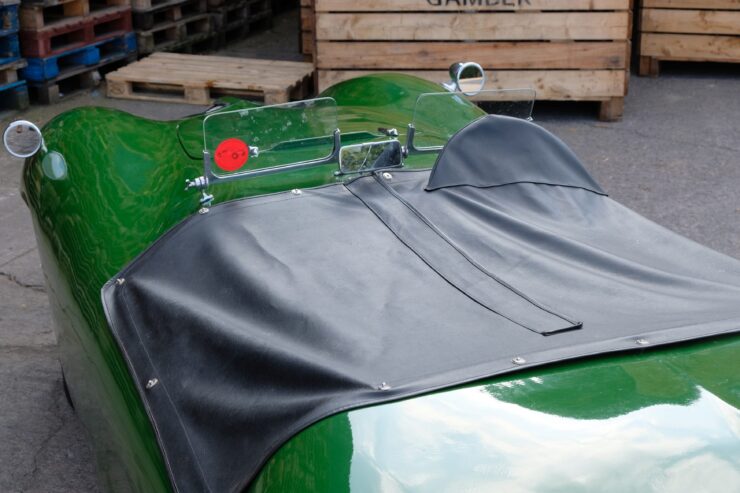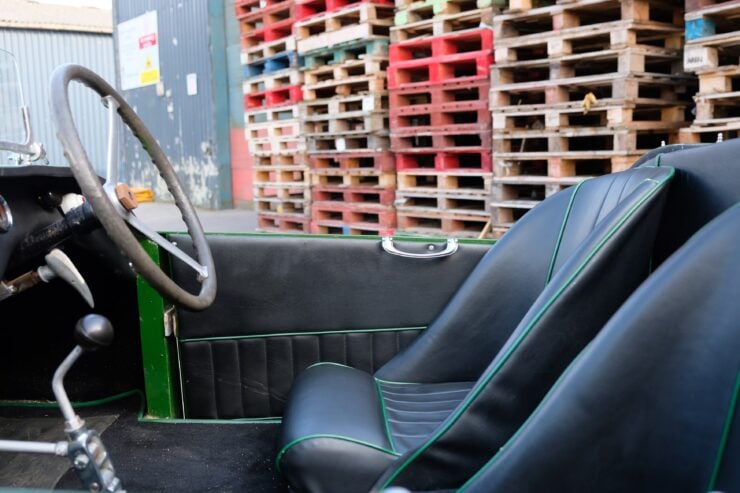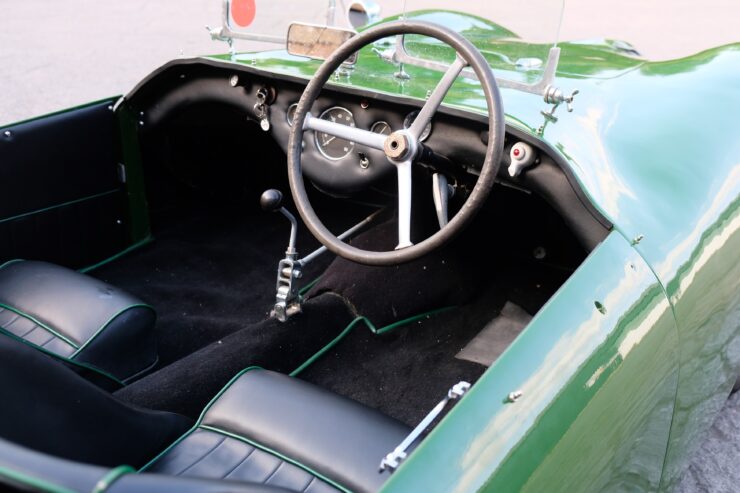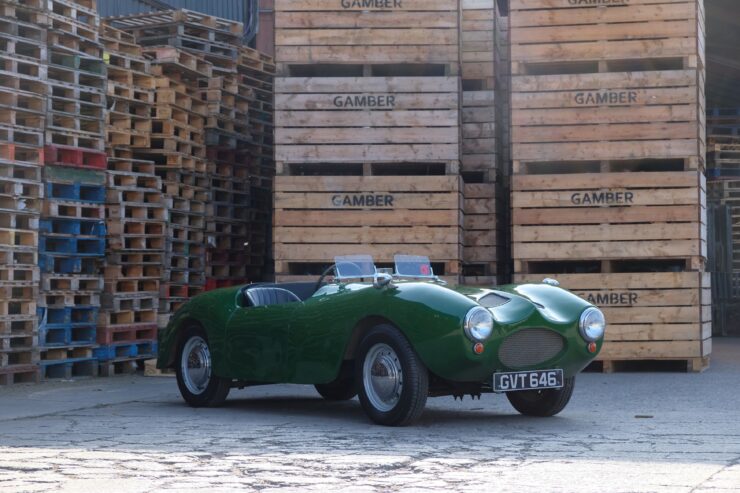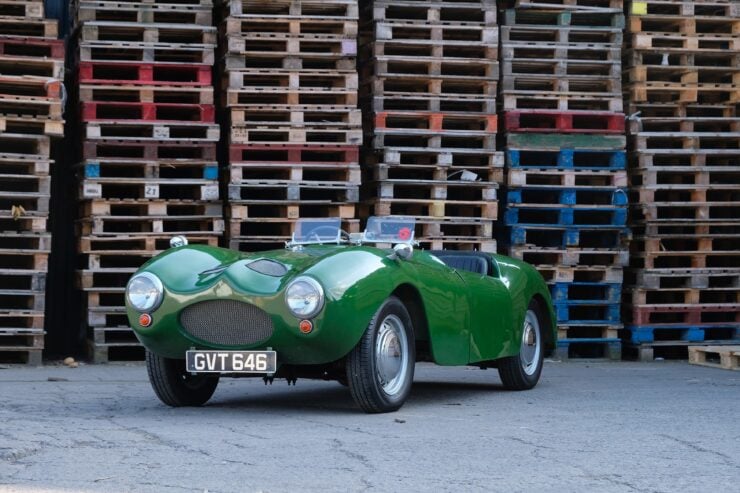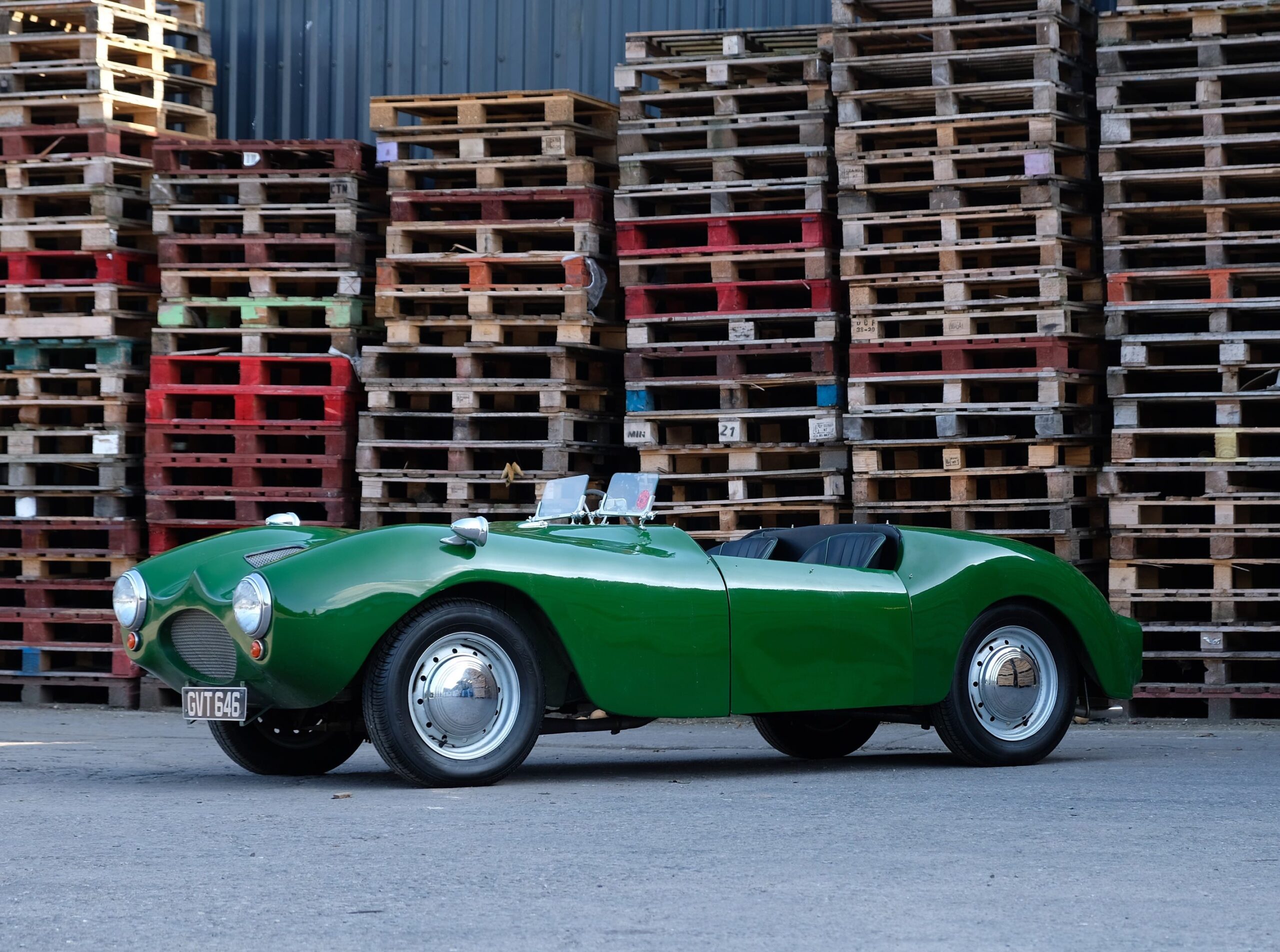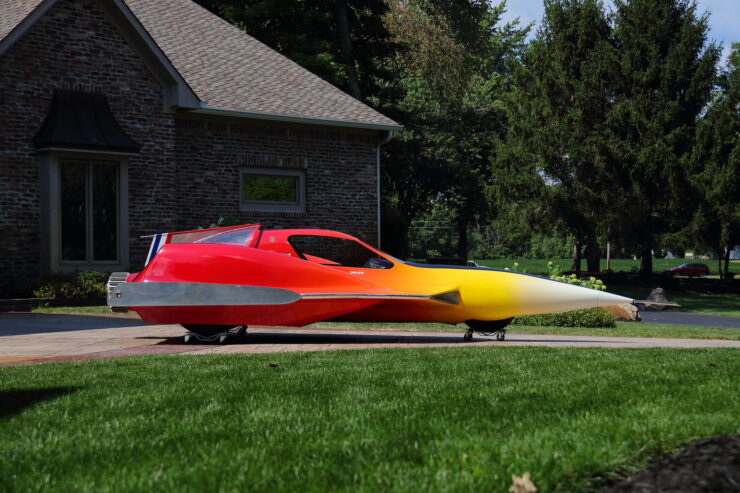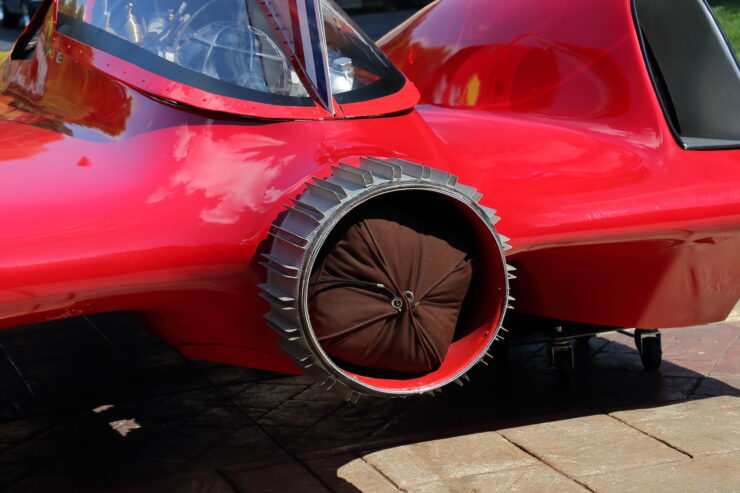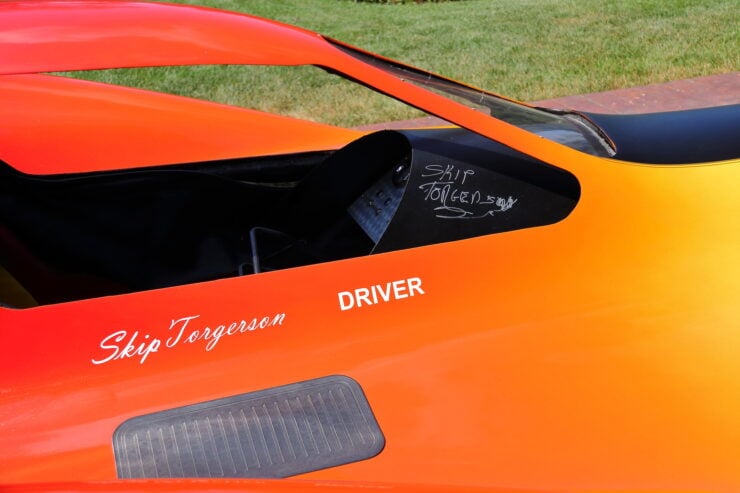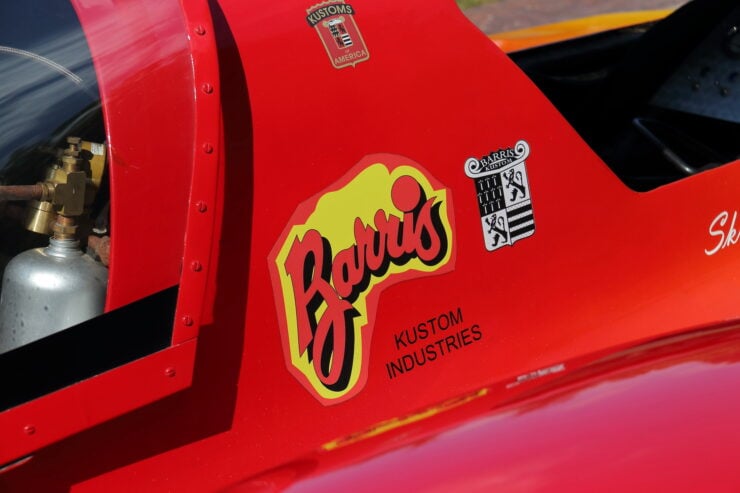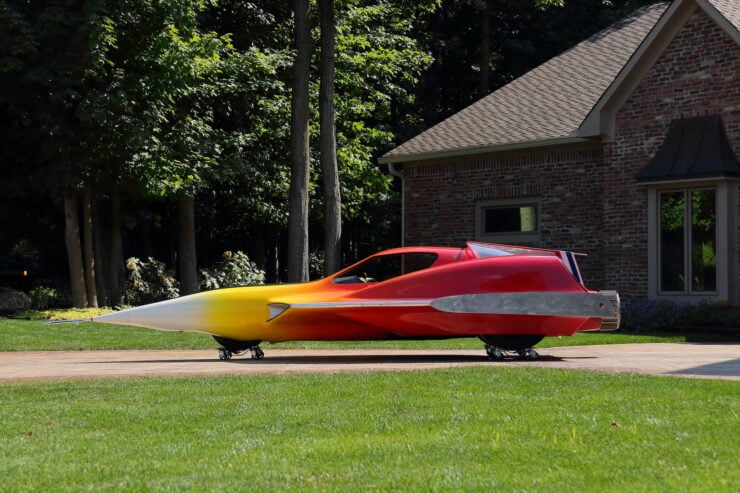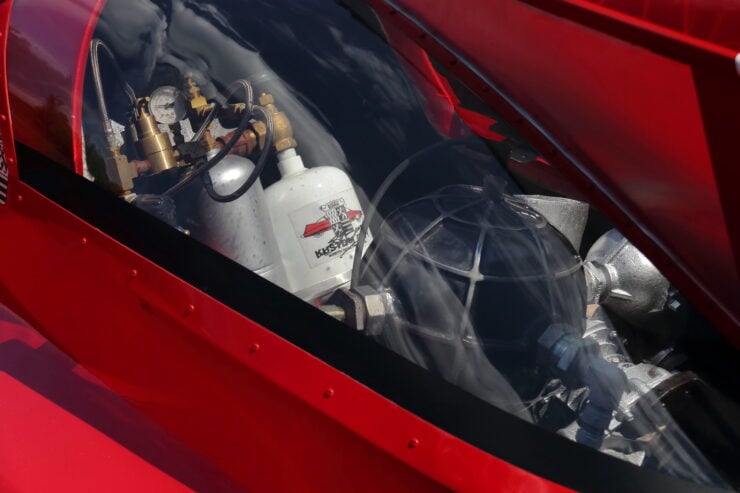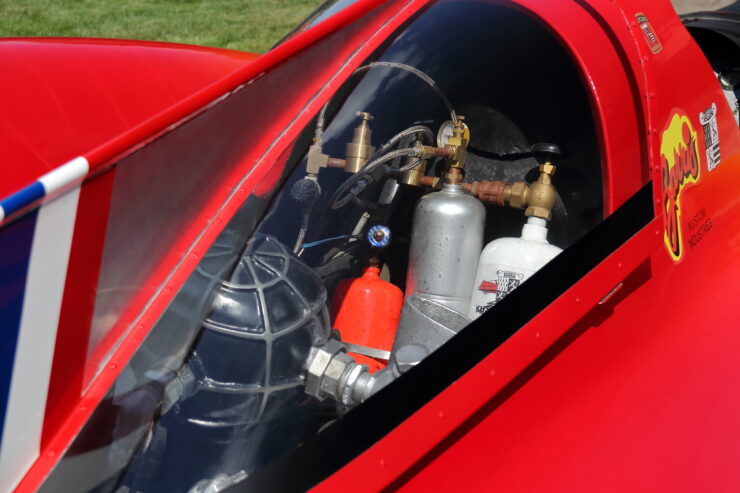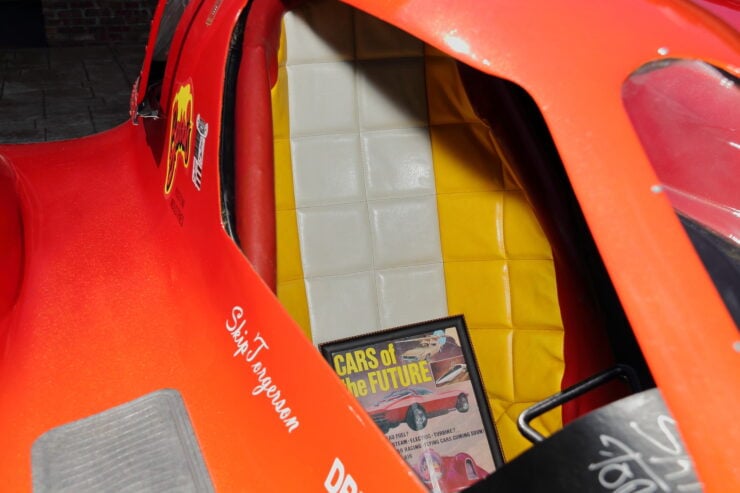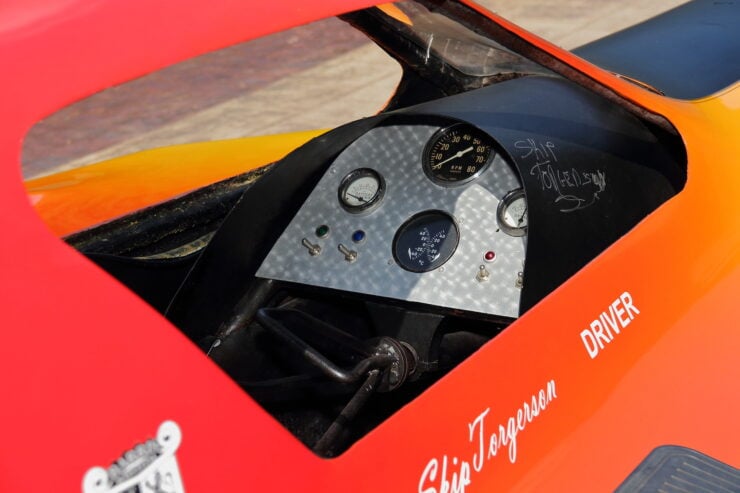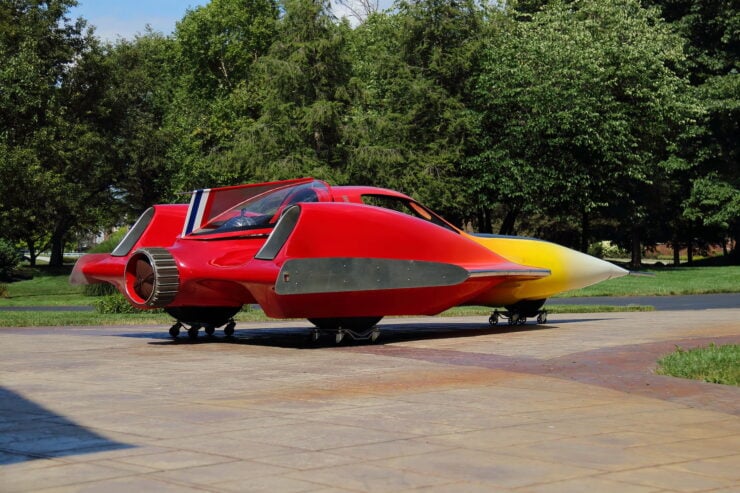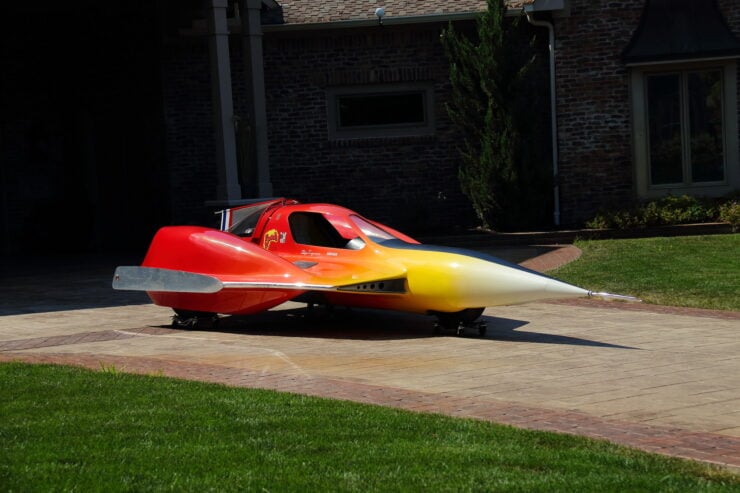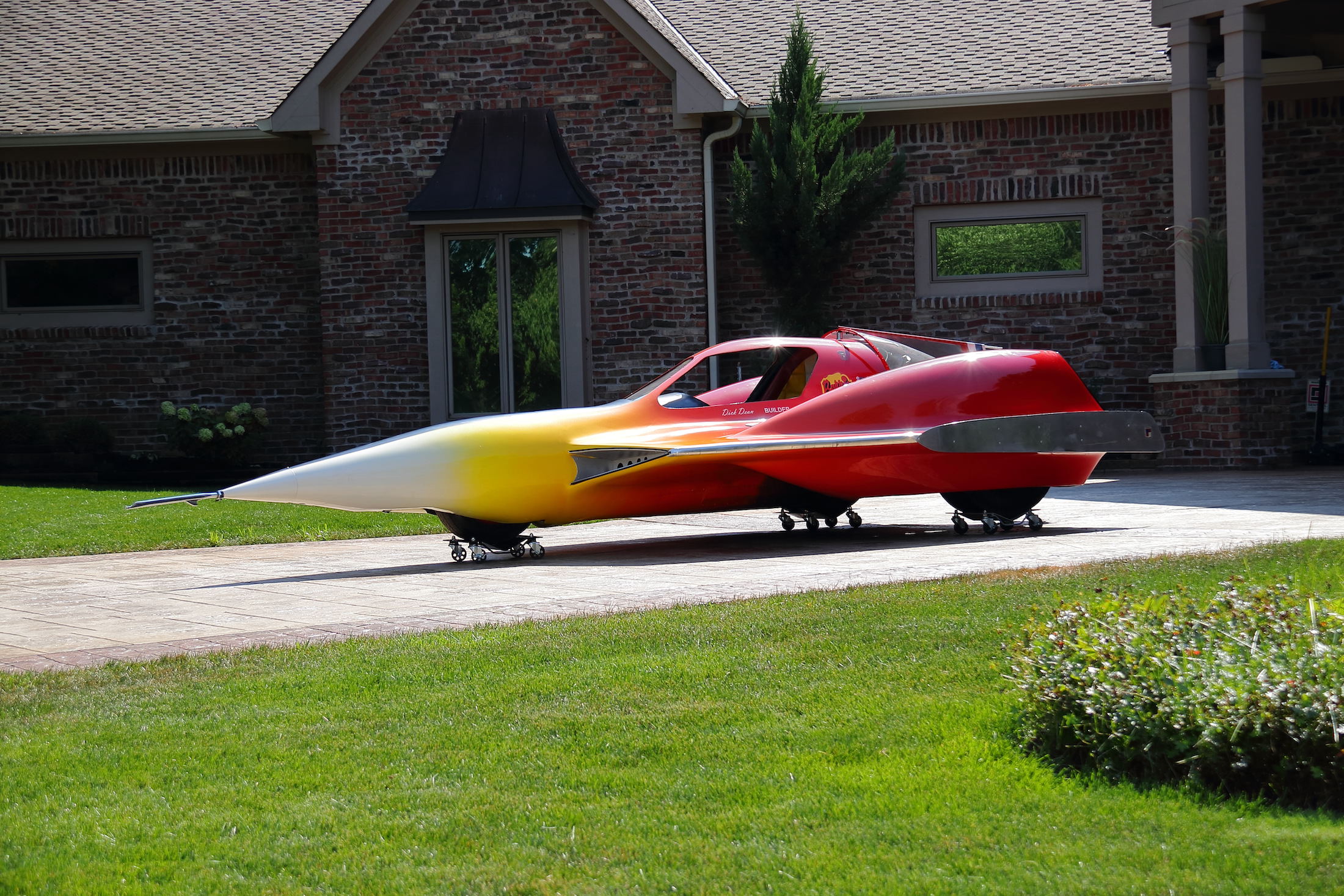It’s not that often we get a chance to feature a first generation Suzuki Jimny here on Silodrome, it seems that so few of them have been preserved and those that have rarely get sold.
The Jimny was Suzuki’s entry into the four-wheel drive market that first appeared in 1970, unlike the full-size Toyota Land Cruiser and Nissan Patrol the Jimny was designed to be a smaller class of vehicle to meet Japan’s Kei car regulations.
This smaller size and lighter weight made the Jimny an exceptionally useful four-wheel drive and it remains popular to this day, with the latest version reverting to more retro styling cues that have won it a new generation of fans around the world.
Fast Facts – The Suzuki Jimny
- The Suzuki Jimny originally started life as the HopeStar ON360, a small four-wheel drive developed by Japanese automaker Hope Motor Company. After they went bankrupt and were acquired by Suzuki.
- The official model name of the first Jimny was the Suzuki LJ10 (Light Jeep 10), this was followed by the LJ20, LJ50, LJ80, and so on, each denoting a larger more powerful engine.
- Each of the four generations of the Jimny have used body-on-chassis construction with live axles front and rear, selectable four-wheel drive with high and low-range, and a ruggedly simple drivetrain.
- The first generation was built from 1970 and replaced with the second generation version in 1981. First gen vehicles are a bit of a rarity now and they’re becoming highly collectible.
The Suzuki Jimny
In the late 1960s when Suzuki decided to launch a program to develop and build their own four-wheel drive vehicle they knew they needed to find a different approach to the likes of Toyota and Nissan.
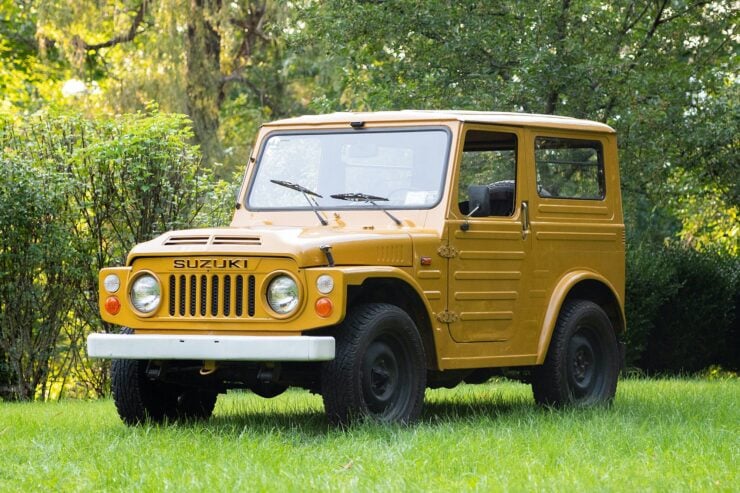
The smaller form factor of the LJ80 means it can sometimes go places that larger, heavier four-wheel drives can’t.
The company bought a Steyr-Puch Haflinger, a pint-sized, cab-forward Austrian 4×4, and set about studying it to see what they could use.
Before they got too far with it, it was discovered that the Japanese automaker Hope Motor Company was going bankrupt, and they happened to have a small 4×4 in their model line up that had been developed but not put into full production yet called the HopeStar ON360.
Suzuki created their own version of the ON360 that was similarly designed to fall under Japan’s Kei class of vehicles, there are smaller automobiles and commercial vehicles with strict power restrictions that are given significant tax breaks.
The first Jimny that left the factory was the Suzuki LJ10 (Light Jeep 10) which was powered by an air-cooled 359cc two-cylinder two-stroke engine producing 25 bhp. When it was released in 1970 it was the first four-wheel drive Kei car to enter series production.
In 1972 the slightly more powerful LJ20 was released, followed by the LJ50 and then the LJ80 in 1977, known locally in Japan as the SJ20. The Suzuki LJ80 was powered by a more powerful 800cc four-stroke engine producing 42 hp. This additional power meant that the gearbox and final drive gearing could be increased to allow higher speeds in excess of 60 mph.
Over the course of its four generations the Jimny has been known by a number of names in different export markets, for example in Australia it was known as the Sierra, and specifications did vary for many export models.
Suzuki is released the fourth generation Jimny in 2018 to almost universal praise, the styling of the new model was influenced by earlier iterations of the small 4×4 as well as industry classics like the Mercedes-Benz G Wagen and the original Land Rover Defender.
The Suzuki LJ80 Jimny Shown Here
The LJ80 you see here recently received a refurbishment before being shipped to the United States from Guatemala, where it doubtless had a very interesting life given the history of political upheaval in the small Central American nation.
Finished in Greek Yellow paintwork with black steel wheels and a black vinyl interior, it’s powered by the correct 42 hp 800cc four-stroke SOHC inline-four cylinder engine and power is sent from there to a 4-speed manual transmission. Both high and low-range is available of course, and power can be sent to either the rear wheels only or all four wheels.
We see very few of these on the road in the United States so this tidy looking LJ80 will likely attract a fair bit of attention. It’s currently for sale via live online auction with Collecting Cars, selling out of Accord, NY.
If you’d like to read more about this vehicle or register to bid you can click here to visit the listing.
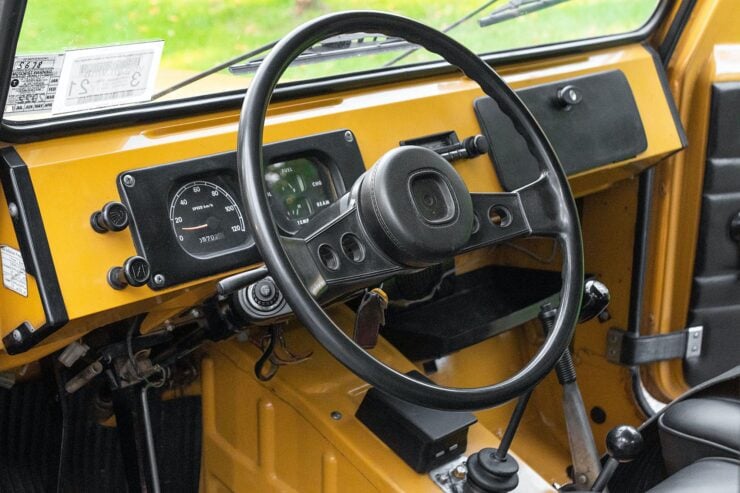
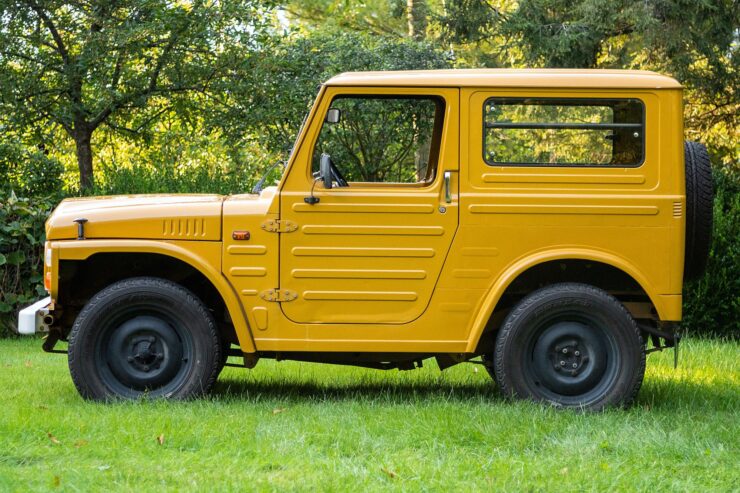
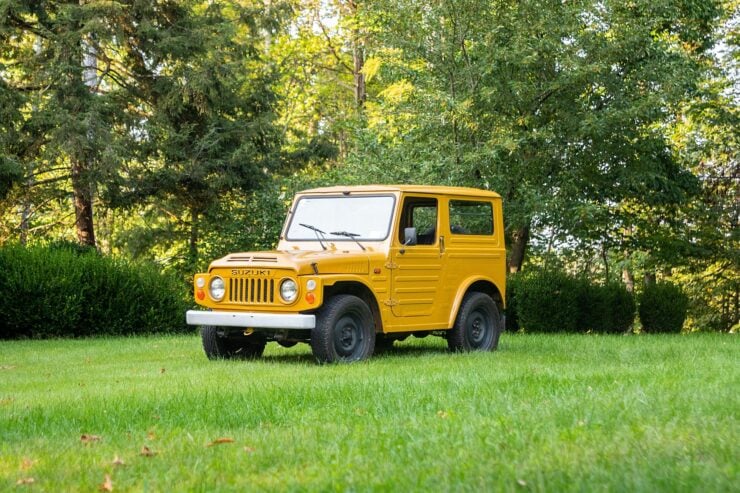
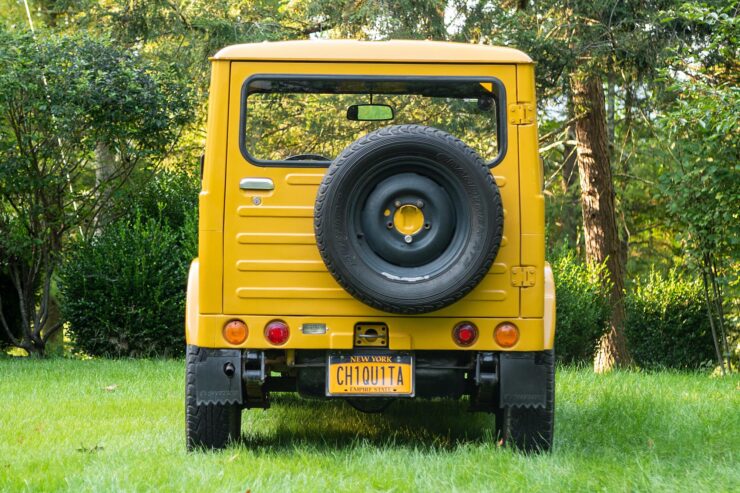
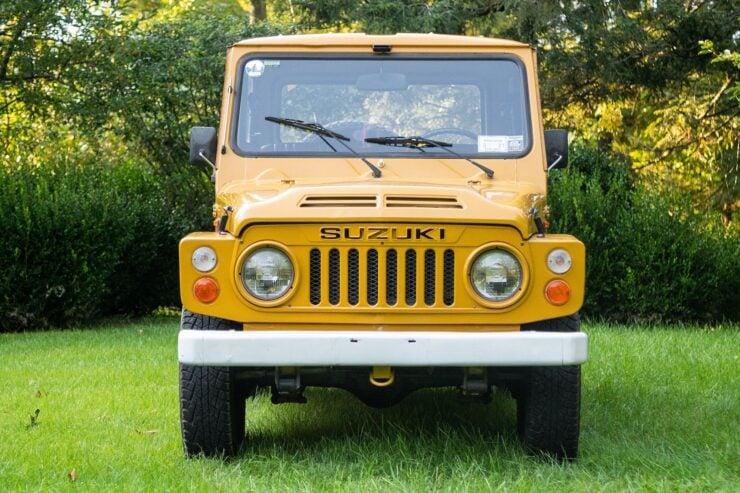
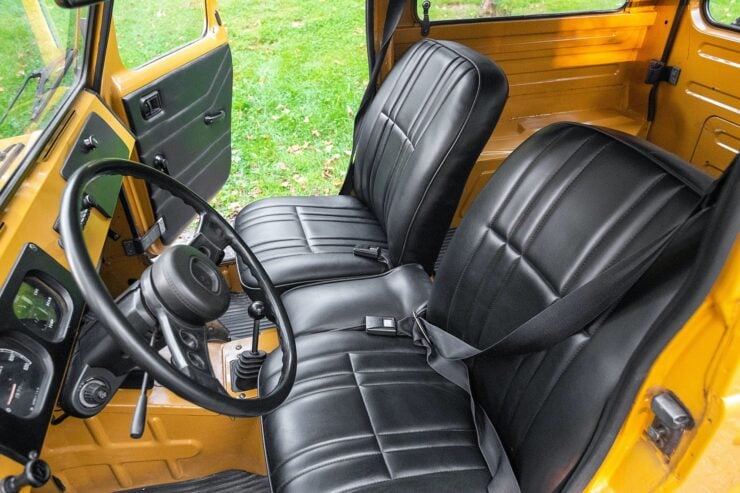
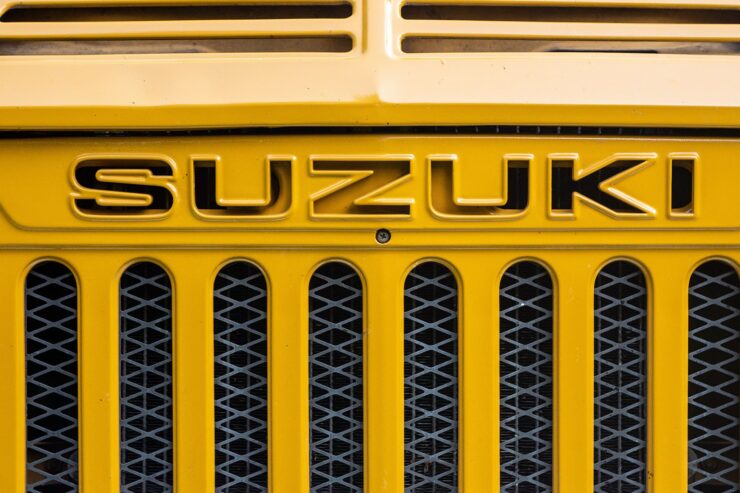
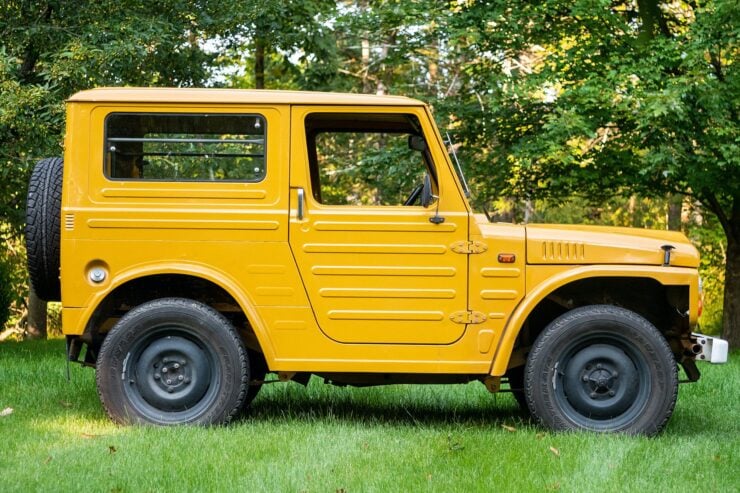
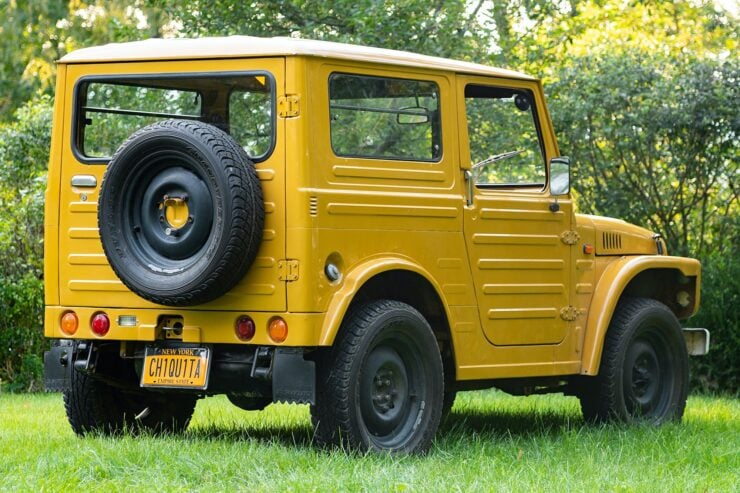
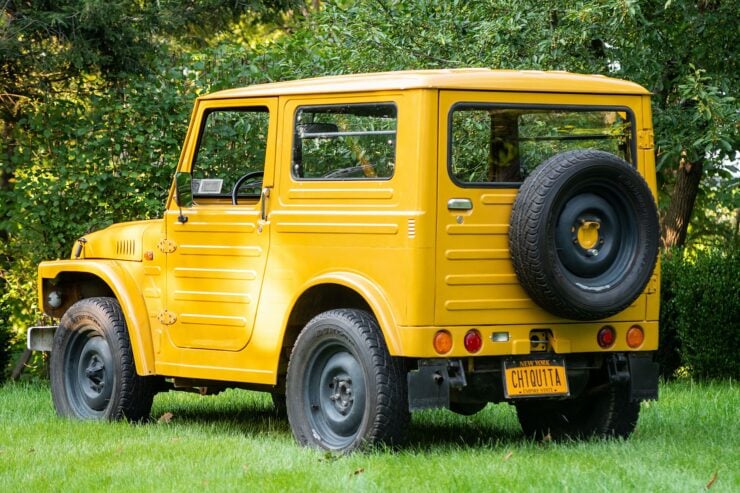
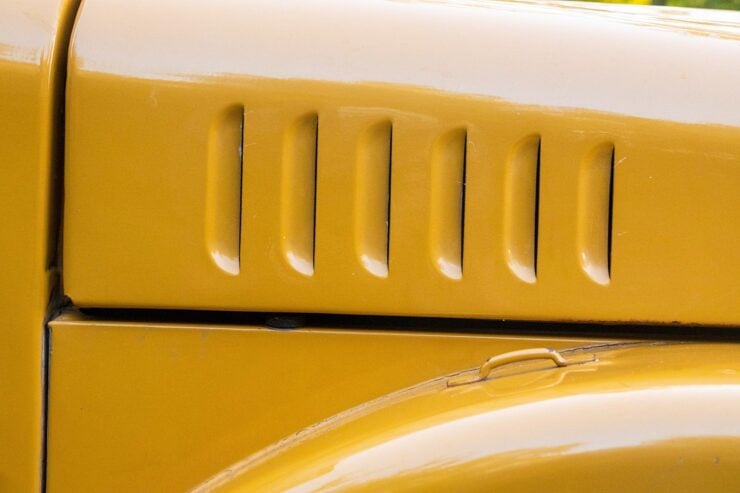
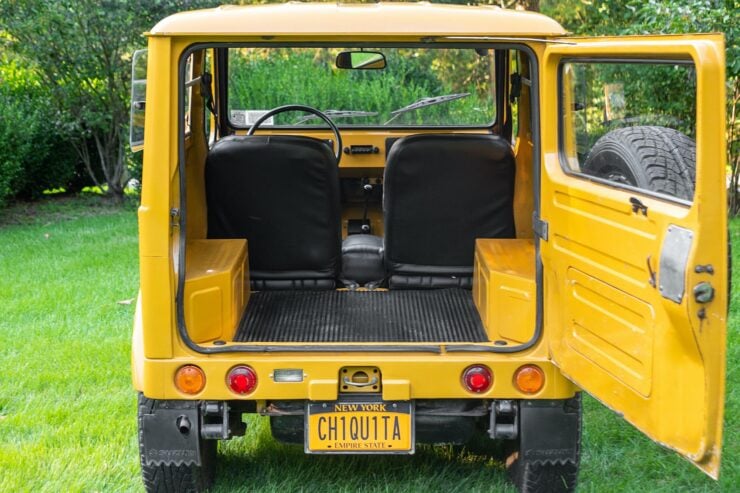
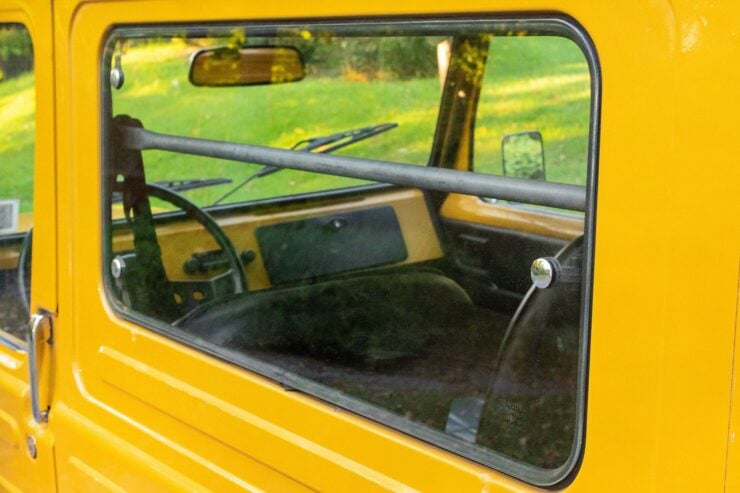
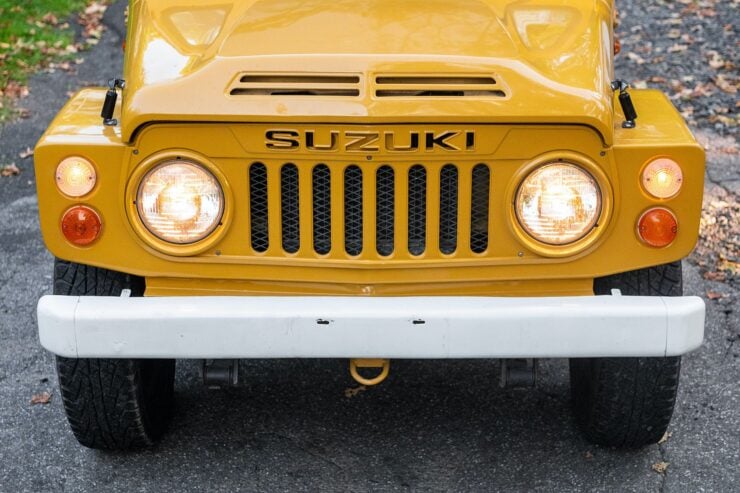
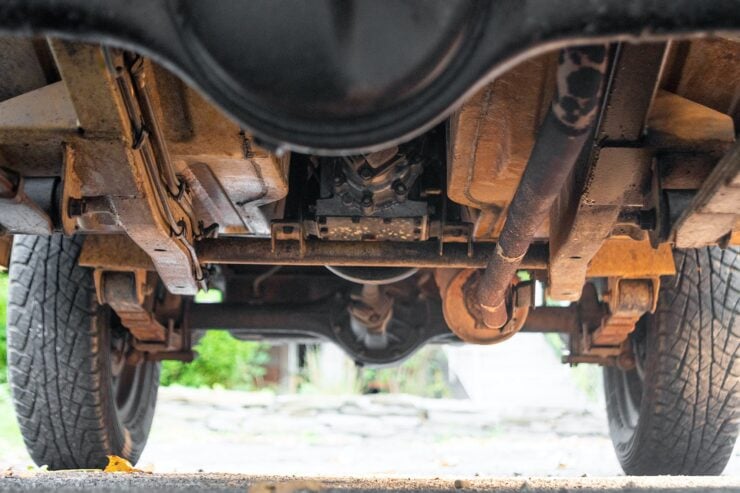
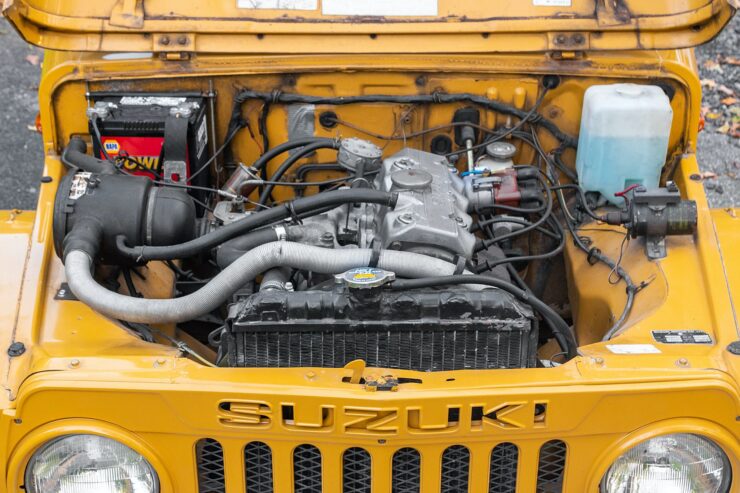
Images courtesy of Collecting Cars
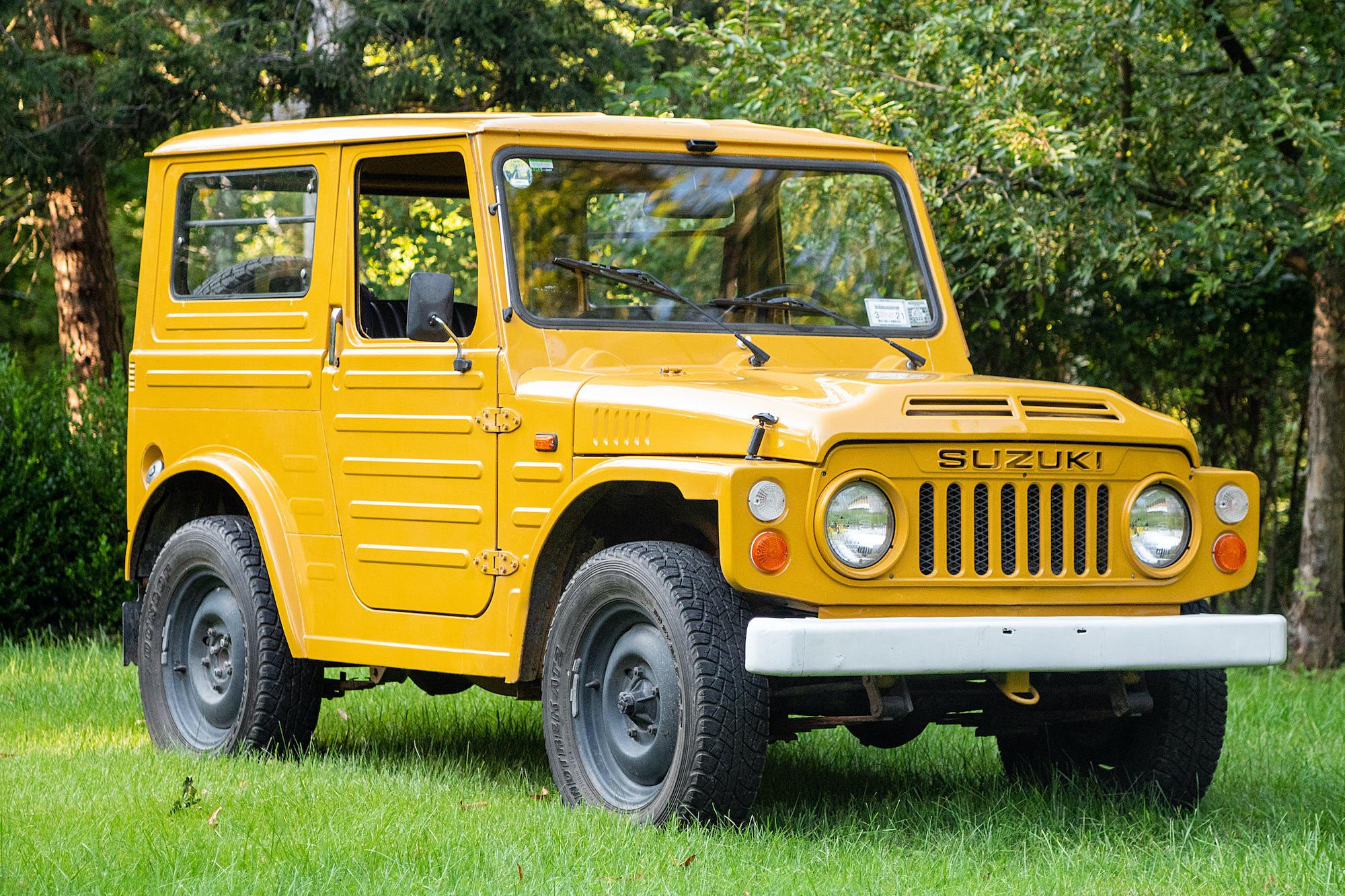
The post The Mighty Suzuki Jimny LJ80 – A Pint-Sized Japanese Off-Roader appeared first on Silodrome.
from Silodrome https://silodrome.com/suzuki-jimny-lj80/
via gqrds
